Natural phenomena that persists on Earth and significantly impacts human lives are referred to as ‘natural disasters.’ According to the United Nations, natural disasters are defined as ‘natural events that significantly disrupt socioeconomic and sociocultural activities, resulting in loss of life and property but cannot be adequately managed with local resources.’ In addition to causing loss of life and property, natural disasters force millions of people to relocate, resulting in extensive damages to national economies.
Meteorological disasters constitute a significant portion of natural disasters. Forest fires, agricultural pest invasions, drought, desertification, rising lake and sea levels, avalanches, and floods are natural disasters closely related to weather conditions. Precipitation, severe local storms, tropical cyclones, storm surges, severe winter conditions, frost, and freezing are directly caused by weather conditions. All natural disasters directly or indirectly linked to meteorological conditions are referred to as meteorological disasters or weather-related disasters.
In recent years, numerous unprecedented weather events have occurred worldwide in terms of intensity, impact, duration, and location. These events pose a threat to global biodiversity, as well as the socioeconomic development of societies. The World Meteorological Organization’s (WMO) Atlas of Mortality and Economic Losses from Weather, Climate, and Water Extremes, published in 2021, emphasizes that between 1970 and 2019, 11,072 weather, climate, and water-related natural disasters occurred globally, resulting in approximately 2,064, 929 deaths and around 3.6 trillion US dollars in economic losses.
According to the Emergency Events Database (EM-DAT), meteorological disasters caused by severe weather events (including technology disasters) accounted for 50% of all recorded disasters during this period, 45% of fatalities, and 74% of economic losses.
Worldwide 1970-2019 Meteorological Disasters and their Effects
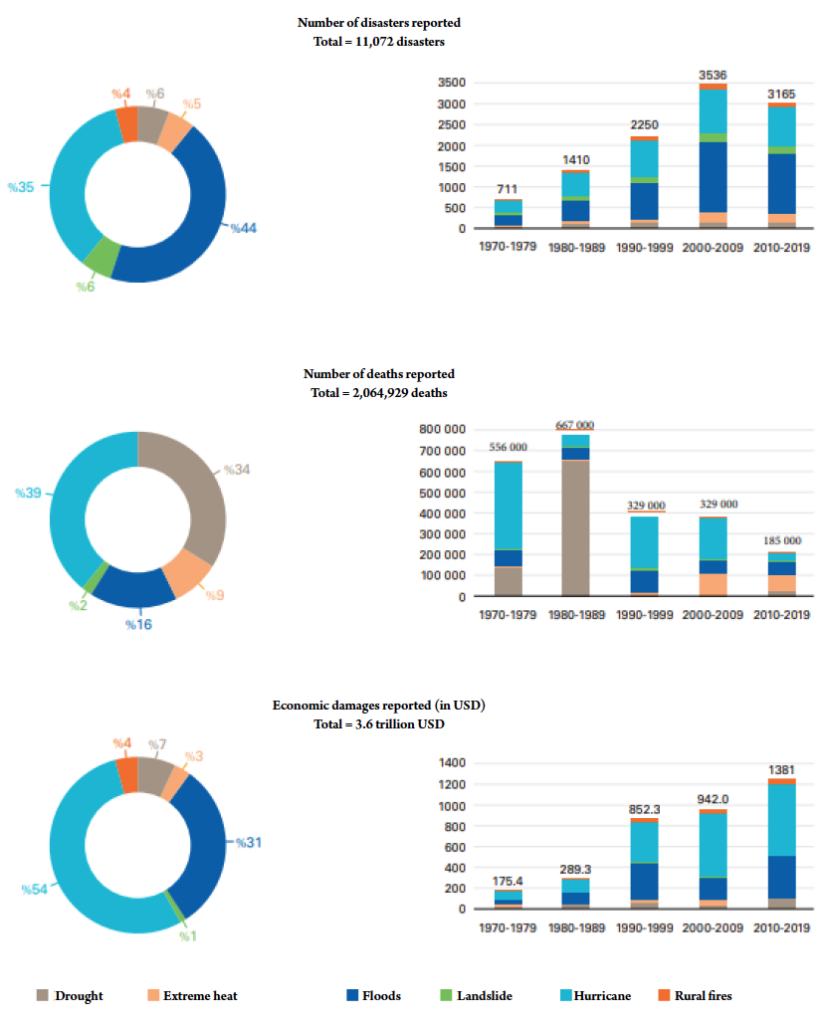
Figure 1. Meteorological Disasters and Losses 1970-2019
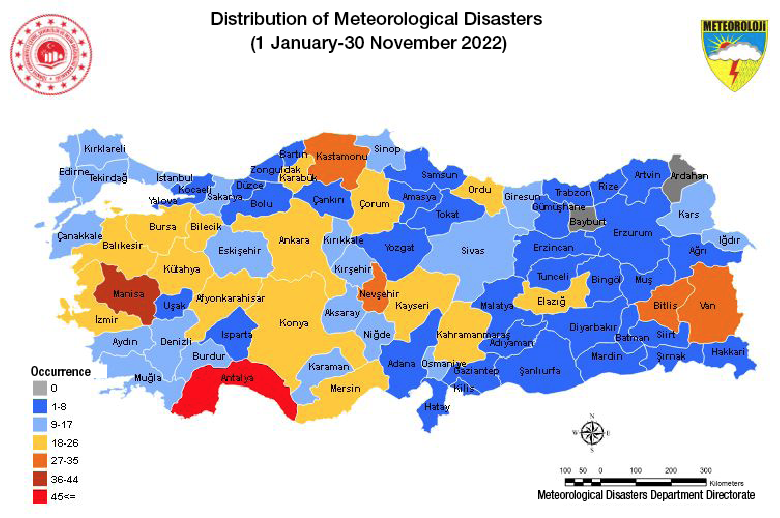
Figure 2. Distribution of Meteorological Disasters in Türkiye between January 1 and November 30, 2022
With the exception of tropical storms and active volcanoes, Türkiye is susceptible to a significant portion of natural disasters that occur worldwide. Like many other countries, Türkiye’s vast geography and diverse climate regions make it prone to frequent meteorological and hydrological disasters, particularly droughts and floods, resulting in severe loss of life and property.
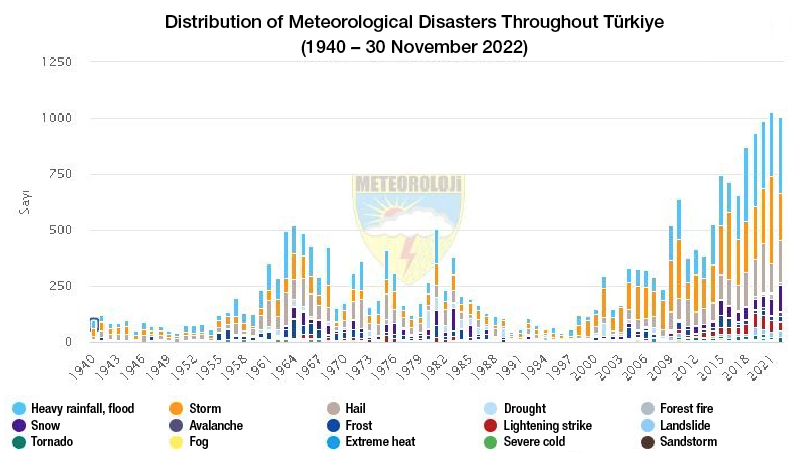
Figure 3. Distribution of Meteorological Disasters in the Long Term Between 1940 and 30 November 2022
Between January 1 and November 30, 2022, meteorological disasters mainly occurred in Antalya. During this period, meteorological disasters occurred more frequently in the Aegean Region, Central Anatolia Region, Marmara Region, and Black Sea region.
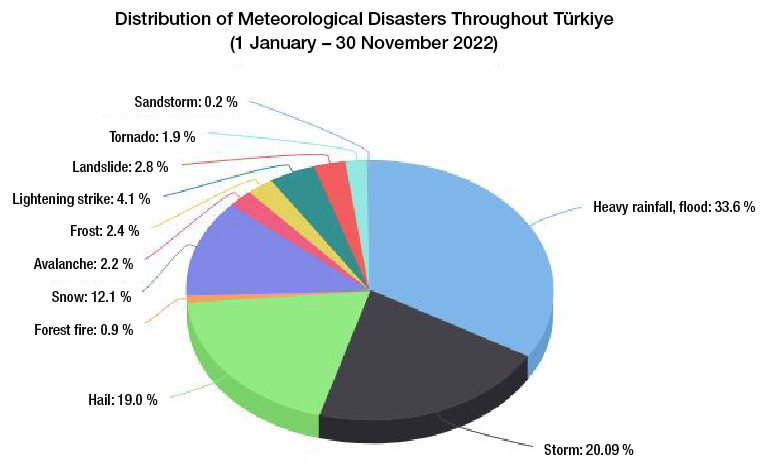
Figure 4. Distribution (%) of Meteorological Disasters in Türkiye between January 1 and November 30, 2022
Between November 1940 and 2022, there has been a significant increase in the number of meteorological disasters over the past few years. From January 1 to November 30, 2022, a total of 1,004 meteorological disasters occurred. The most frequent meteorological disaster during this period was heavy rainfall and flooding. The share of heavy rainfall and flooding among all meteorological disasters is 33.6%. Additionally, storms accounted for 20.9%, hail for 19%, and snowstorms for 12.1% during this period.
Evaluation of Meteorological Disasters
In this section, assessments have been made on province-by-province basis of the most frequent severe rainfall/flooding, storms, hail, snow, and lightening events that occurred throughout the year in Türkiye.
Heavy Rainfall/Floods
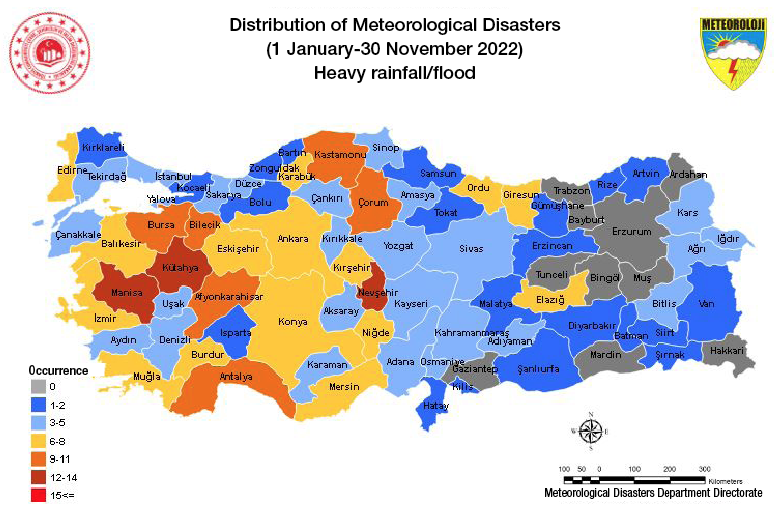
Figure 5. Distribution of Severe Rainfall/Floods in Türkiye between January 1 and November 30, 2022
Storm
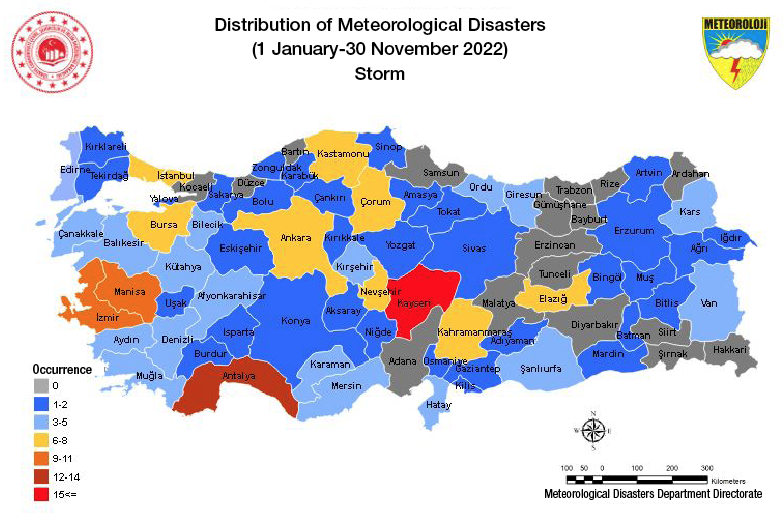
Figure 6. Distribution of Storm Disasters in Türkiye between January 1 and November 30, 2022
Between January 1 and November 30, 2022, the cities most affected by storms were Kayseri, Antalya, and Manisa
Hail
In the ranking of hail disasters observed in Türkiye between January 1 and November 30, 2022, Antalya, Manisa, and Kastamonu are in the top positions. Following these provinces are Mersin, Nevşehir, Afyonkarahisar, Bursa, and Çanakkale respectively.
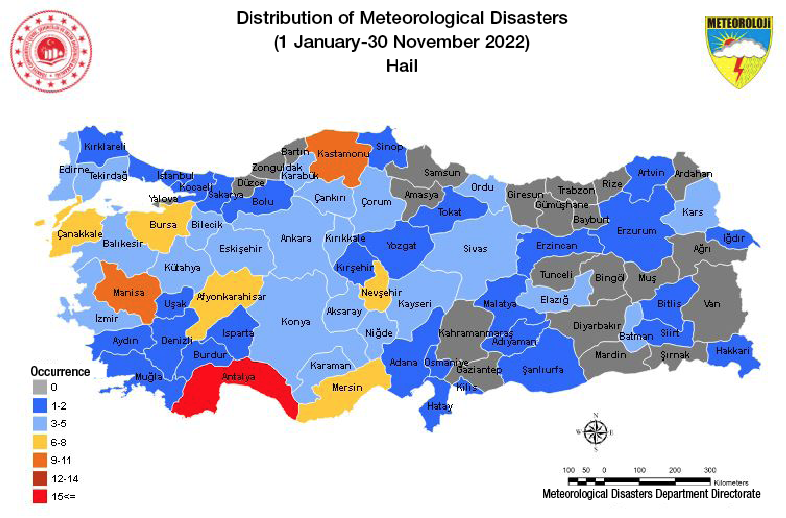
Figure 7. Distribution of Hail Disasters in Türkiye between January 1 and November 30, 2022
Snow
Between January 1 and November 30, 2022, the heaviest snowfall occurred in Bitlis and Van. Following these provinces were Konya and Nevşehir.
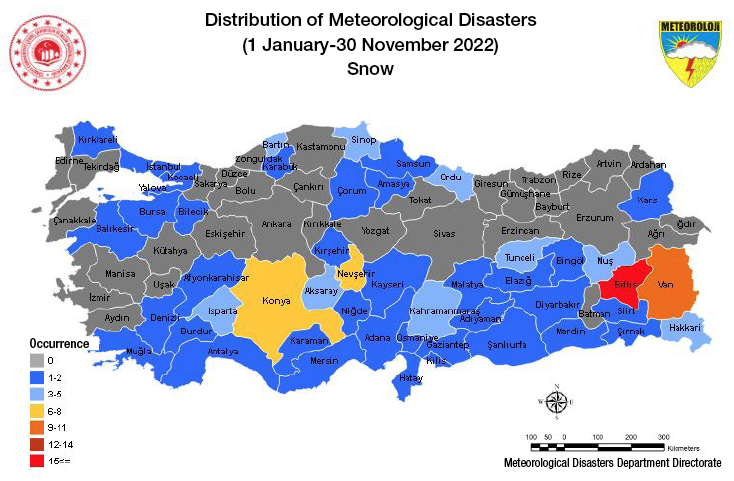
Figure 8. Distribution of Snow Disasters in Türkiye between January 1 and November 30, 2022
Lightening
Between January 1 and November 30, 2022, lightning strikes were mostly observed in Van, Sivas, Balıkesir, and Manisa.
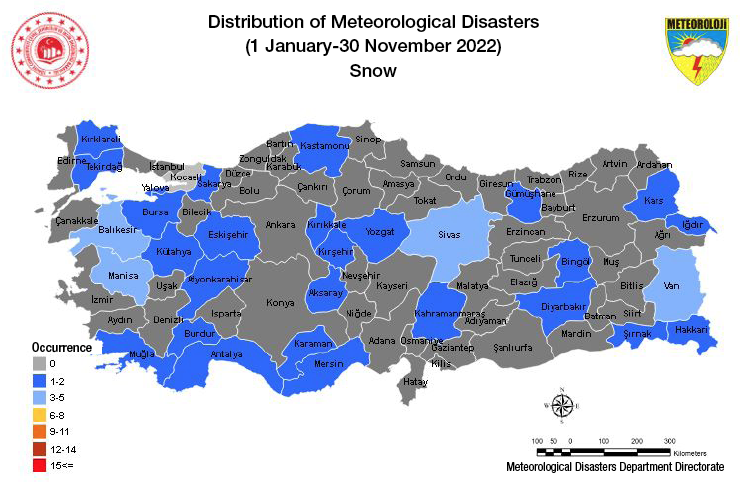
Figure 9. Distribution of Lightning Disasters in Türkiye Between January 1 and November 30, 2022
Conclusion and Evaluation
Meteorological disasters have always existed throughout human history and will continue to exist. The human and material losses caused by these types of disasters are the biggest obstacle to sustainable development. The most important feature that distinguishes meteorological disasters from other natural disasters such as earthquakes and volcanic eruptions is that the natural events that can cause meteorological disasters can be predicted in advance. It is vital to publish accurate forecasts and warnings in a format that can be easily understood.
The General Directorate of Meteorology continues to work in an integrated and coordinated manner with other international, regional, and national organizations within the scope of disaster risk reduction activities. In order to reduce the negative effect caused by meteorological events and minimize damages and losses, meteorological warnings are prepared to inform the public about the necessary precautions to be taken by citizens and relevant authorities.
The meteorological warnings shared with our citizens and officials have been adapted to the ‘meteoWARN’ system and have been available to our citizens and officials since February 9, 2019.
1. Kadıoğlu, M., (2012). Türkiye’de İklim Değişikliği Risk Y.netimi. Türkiye’nin İklim Değişikliği II. Ulusal Bildiriminin Hazırlanması Projesi Yayını, Ankara
2. Kadıoğlu, M., (2007). TMMOB İnşaat Mühendisleri Odası Sel-Heyelan-.ığ Sempozyumu Bildiriler Kitabı, 47-56. & Ceylan, A., K.müş.ü, A… (2007)., Meteorolojik Karakterli Doğal Afetlerin Uzun Yıllar ve Mevsimsel Dağılımları, Türkiye İklim Değişikliği Kongresi Bildiri Kitabı, 93-104.
3. WMO(2021). WMO Atlas Of Mortaliıty And Economic Losses From Weather, Climate And Water Extremes (1970–2019). WMO-No. 1267. World Meteorological Organization.
4. CRED&UNDRR (2020). Human Cost Of Disasters; An Overview Of The Last 20 Years (2000-2019). Centre for Research on the Epidemiology of Disasters United Nations Office for Disaster Risk Reduction
5. Kadıoğlu, M., (2012). Türkiye’de İklim Değişikliği Risk Y.netimi. Türkiye’nin İklim Değişikliği II. Ulusal Bildiriminin Hazırlanması Projesi Yayını, Ankara
